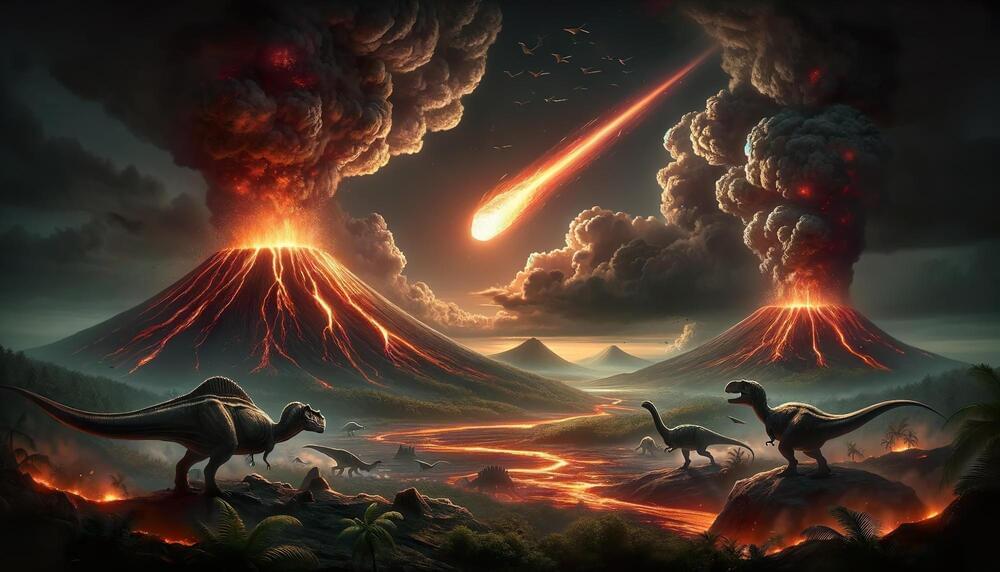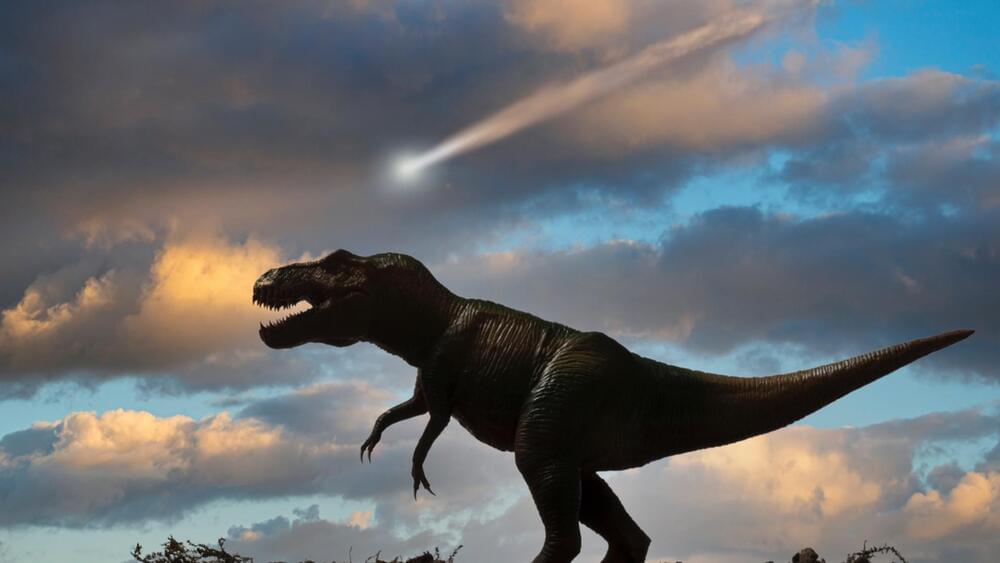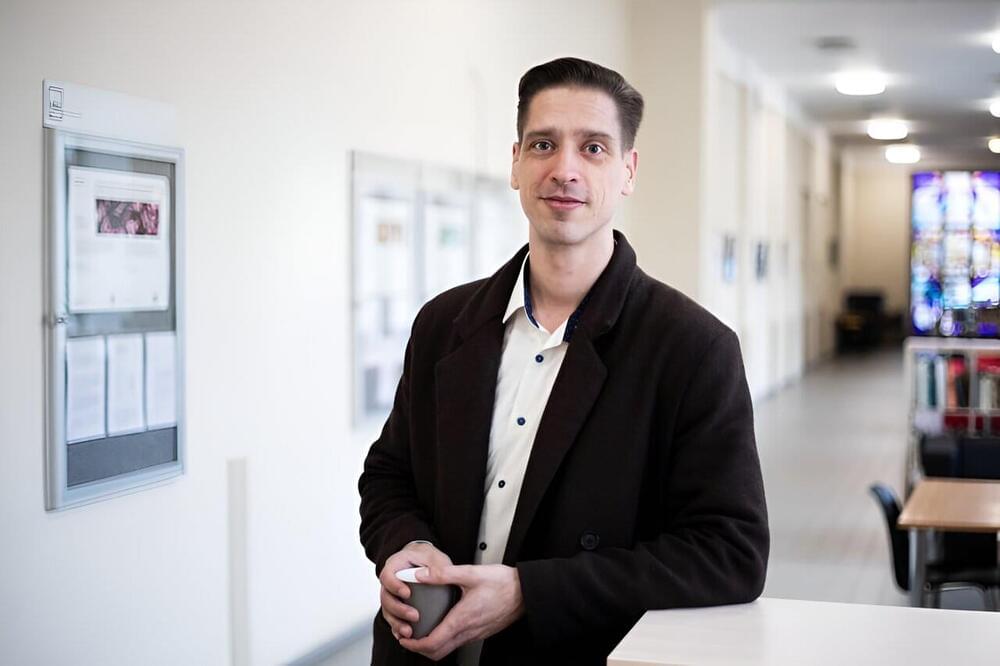The development of artificial intelligence poses potential risks to society and requires a shift in goal definitions, consideration of the motivational landscape, and wisdom to prevent self-extinction and promote sustainability.
On this episode, Daniel Schmachtenberger returns to discuss a surprisingly overlooked risk to our global systems and planetary stability: artificial intelligence.
Through a systems perspective, Daniel and Nate piece together the biophysical history that has led humans to this point, heading towards (and beyond) numerous planetary boundaries and facing geopolitical risks all with existential consequences.





